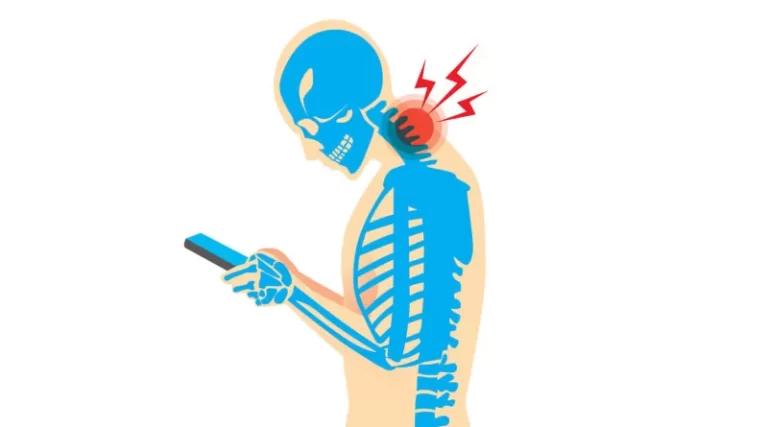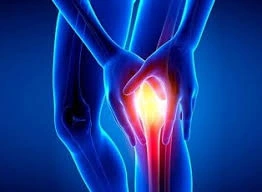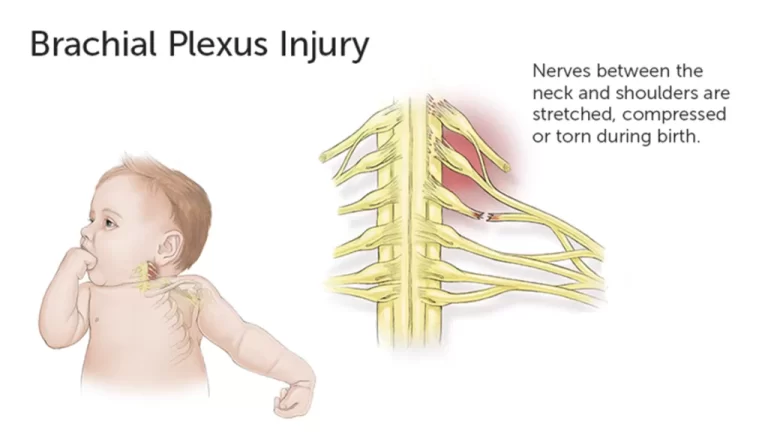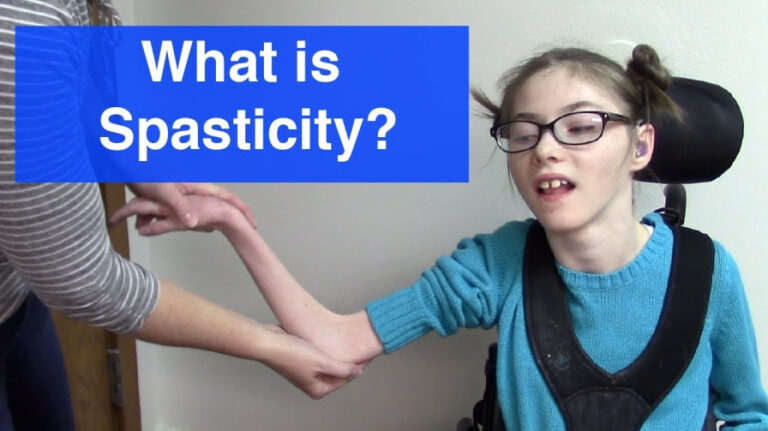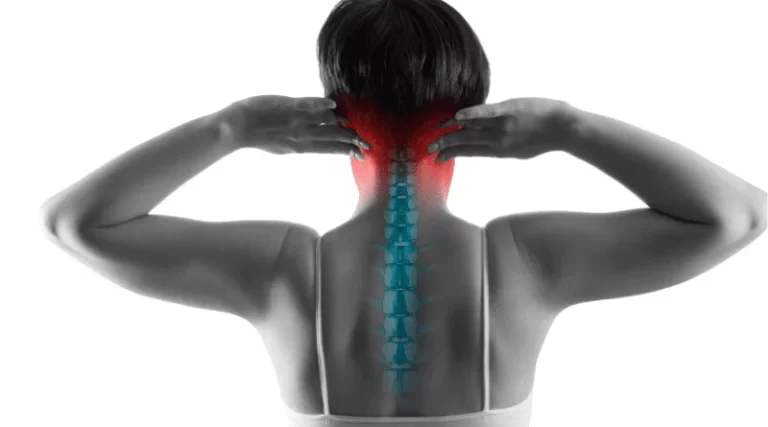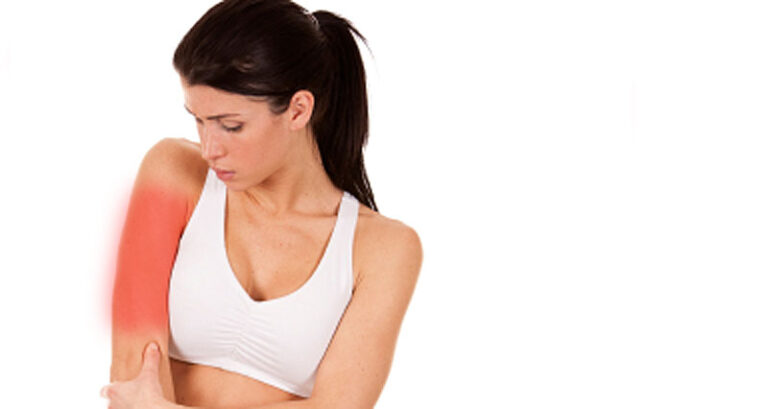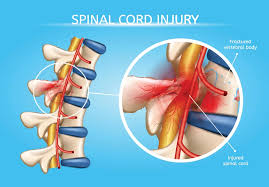Text Neck Syndrome
What’s a Text Neck Syndrome? Text neck is a term used for the unusual posture formed by bending forward neck for a long period of time, for case seeing smartphones for a prolonged time while reading and chatting activity, is reported to have Neck stress injuries. This posture basically results in upper back cervical muscles…

